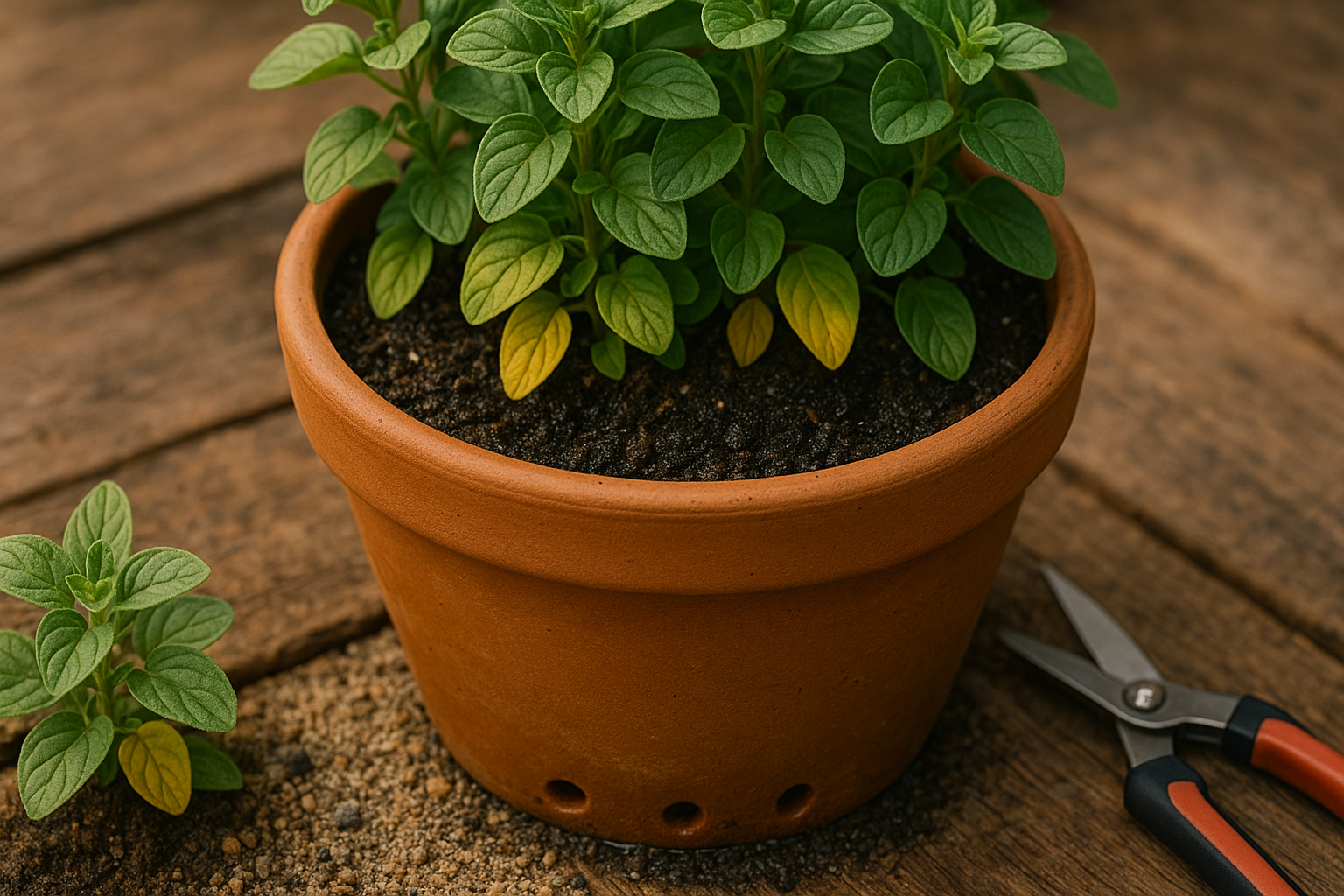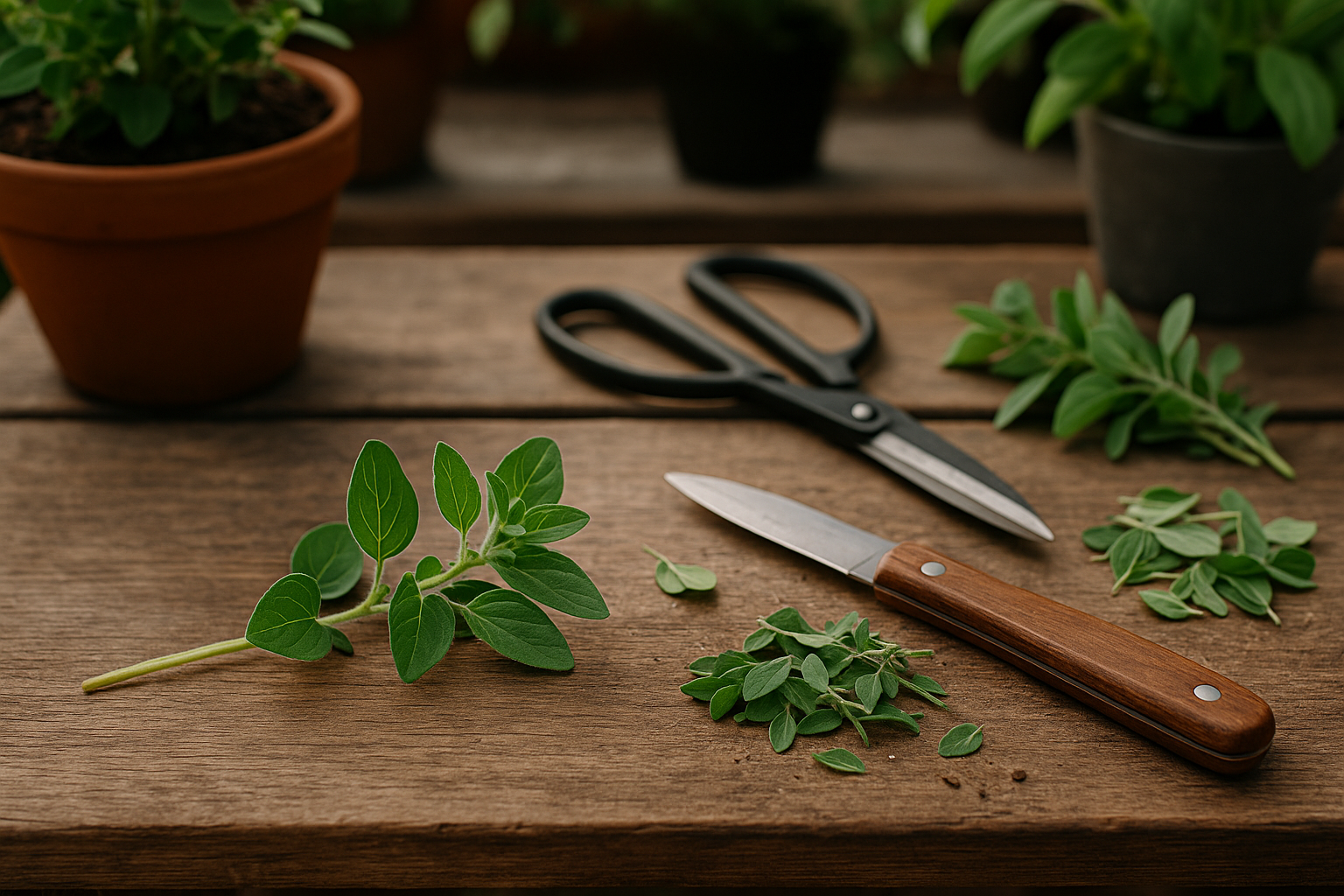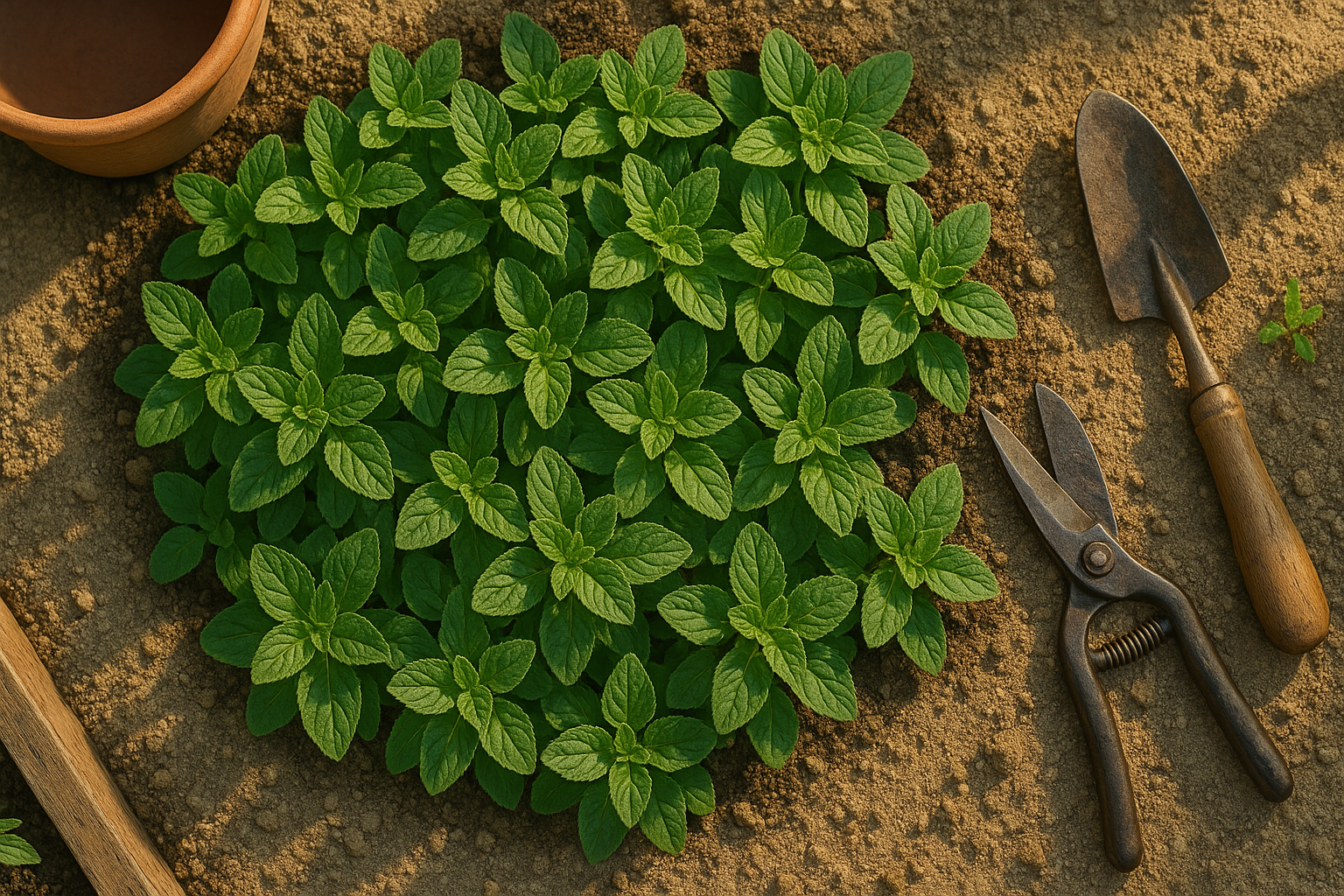Introduction
Oregano growing mistakes are surprisingly common, even though oregano is one of the hardiest and most popular herbs found in home gardens and kitchens. If you’ve ever wished for a lush, fragrant patch of oregano only to find your plant straggly, discolored, or slow to produce, you’re not alone. Like many would-be herb gardeners, you may be unknowingly making classic errors that hold your oregano back.
In this post, we’ll cover the most frequent pitfalls—including overwatering, poor sunlight, starting with the wrong soil, and harvesting incorrectly—that can turn a resilient herb into a troublesome project. You’ll learn practical tips, from monitoring your garden’s drainage to knowing exactly when to snip those flavorful leaves, ensuring your oregano thrives.
Whether you’re a beginner or just looking to boost your harvest, steer clear of these easy-to-make oregano growing mistakes for a healthier, more productive garden.
Overwatering and Poor Drainage

Oregano thrives in conditions that mimic its native Mediterranean habitat—sunny, dry, and with well-draining soil. Wet roots are a nightmare for oregano because constant moisture suffocates the roots and makes them vulnerable to fungal diseases like root rot. The signs of overwatering show up quickly: leaves turn yellow, begin to wilt, and the plant can look limp or soggy—even while the soil feels wet.
Over time, roots may become blackened, mushy, and foul-smelling, making recovery difficult. To keep your oregano healthy, water only when the top inch of soil feels dry to the touch. Make sure your pot or garden bed has plenty of drainage holes, and consider mixing sand or perlite into the soil to boost drainage.
If you’re growing oregano indoors, use a clay pot instead of plastic to help absorb extra moisture and let the soil dry out between waterings. These simple steps will help your oregano stay robust, aromatic, and far less prone to water-related stress.
Excess Fertilizing and Nutrient Imbalance
Oregano thrives best in lean, well-drained soil. When given too much fertilizer, it often produces abundant green growth at the expense of its signature intense flavor and aroma. Over-fertilized oregano may look lush and vibrant, but you might notice the leaves lack their usual pungency, or the classic herbal scent is missing—clear signs the plant is getting more nutrients than it needs.
Sometimes, overfeeding also makes the stems leggy or weak, causing the plant to flop over. Instead of reaching for synthetic fertilizers, it’s better to adopt a minimalist approach. If your soil is particularly poor, consider using a small amount of well-rotted compost or a gentle, organic amendment just once or twice during the growing season. This helps keep the plant healthy without sacrificing flavor.
Regularly test your soil and resist the urge to fertilize unless your oregano shows actual signs of nutrient deficiency, such as yellowing leaves or stunted growth. In most home gardens, oregano will flourish and develop the richest taste in slightly neglected spots, proving that sometimes less really is more.
Insufficient Sunlight Exposure
Oregano thrives when it receives at least six hours of direct sunlight daily, making sunlight one of the most crucial factors for healthy growth and intense flavor. Sunlight not only fuels lush, compact foliage but also brings out the essential oils that give oregano its signature aroma and taste.
If oregano is grown in a spot with insufficient sunlight—whether outdoors in too much shade or indoors away from a bright window—it will quickly become spindly and leggy, with stretched, weak stems and pale, lackluster leaves. This not only undermines the plant’s vigor but also results in bland, underdeveloped flavor.
To ensure your oregano gets adequate light, consider these tips:
- Choose a south-facing window if growing indoors.
- Plant it in the sunniest corner of your garden or balcony.
- Rotate the pot weekly for even light exposure on all sides.
- Supplement with a grow light for 14–16 hours a day during short winter days or low-light environments.
- Avoid outdoor areas shaded by trees or buildings.
With the right sunlight, you’ll have bushy, aromatic oregano ready for all your culinary creations.
Incorrect Pruning Habits

Regular pruning is essential for bushier, healthier plants, especially when it comes to herbs and vegetables. Without pruning, many plants can become leggy, with long, weak stems and sparse foliage, as they reach for sunlight and put less energy into filling out. Pruning stimulates new growth from below the cut, encouraging plants to branch out and become fuller.
However, common pruning mistakes can cause more harm than good. Some gardeners neglect harvesting altogether, which can stunt the plant’s development. Others might over-prune, removing too much foliage at once, which shocks the plant and slows down growth. Cutting stems too low, especially into woody or old growth, can also prevent regrowth.
For best results, prune early and often: once your plant has at least six sets of leaves, pinch or snip just above a leaf node (the spot where leaves meet the stem), leaving at least a third of the plant intact. Use clean, sharp scissors and cut at a slight angle. Focus on cutting the newest growth, which directs the plant’s energy into producing new shoots and leaves.
By following these steps and pruning gently every few weeks, your plants will stay compact, vibrant, and productive all season long.
Crowded or Poorly Spaced Planting
Overcrowding oregano is a common mistake that can quickly lead to problems. When plants are packed too tightly together, air can’t circulate properly around their leaves, creating a damp environment where fungal diseases like powdery mildew thrive. You’ll also notice that oregano competing for limited resources grows leggy and weak, with fewer leaves and less flavor.
For healthy, robust plants, aim to space oregano about 12 to 18 inches apart in garden beds and give at least 8 to 10 inches between plants in containers. If you notice your oregano is overcrowded, don’t worry—you can gently dig up young plants in the spring or fall, taking care to keep the roots intact, and replant them at the right distance. Water well after transplanting and mulch lightly to help them settle in.
These small changes make a big difference in preventing disease and helping your oregano thrive.
Ignoring Pests and Disease
Oregano is a hardy herb, but pests like aphids and spider mites can still become unwelcome guests, feeding on leaves and sap. Fungal diseases—such as powdery mildew—also threaten oregano, especially in warm, damp conditions.
Unhealthy, stressed plants are much more likely to suffer infestations or infections, so start with proper care:
- Plant oregano in well-draining soil.
- Water at the base to avoid wet foliage.
- Provide plenty of sunlight.
Regularly inspect leaves for tiny bugs or fuzzy white mildew, catching issues early before they spread. If you spot aphids, try spraying them off with a blast of water or introduce natural predators like ladybugs. For fungal problems, trim affected leaves and consider an organic antifungal spray made from diluted neem oil.
Keeping your oregano strong and routinely checking for trouble helps ensure healthy, flavorful harvests all season long.
Conclusion
By avoiding these common mistakes, you’ll give your oregano the best chance to grow lush and healthy. Remember, gardening is a journey—don’t be afraid to experiment, adjust your care routine, and learn what works best for your unique garden environment. Each plant can teach you something new with a little attention and patience.
If you have questions or want to share your own oregano growing successes (or challenges), we’d love to hear from you in the comments below! Your experiences might inspire and help fellow gardeners, too. Happy growing!
